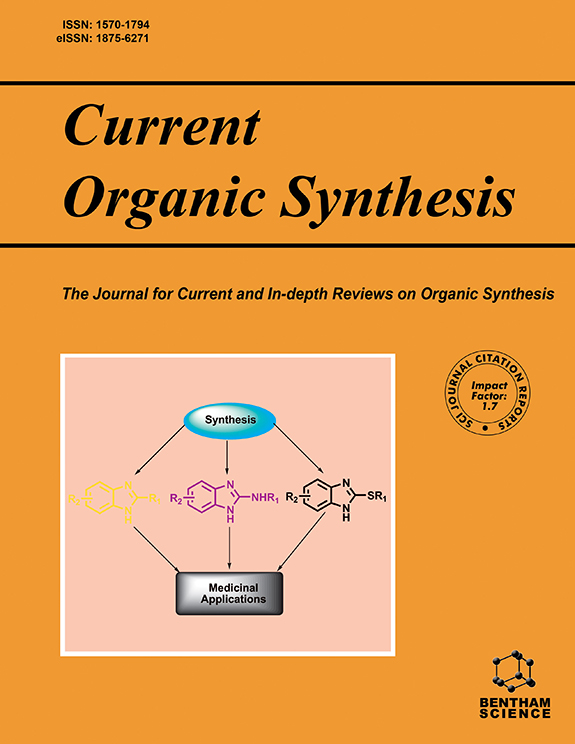Submission Tilte
Biorthogonal Chemistry: A translational Chemical Tool for In Vivo Applications
Submission Abstract:
After the discovery in 1990, bioorthogonal chemistry encompassed a set of diverse, fast-paced selective chemical reactions, facilitating the study of biomolecules under physiological aura without intervening in the biochemical processes. Over the past two decades, significant progress has been witnessed in bioorthogonal reactions such as Staudinger ligation, metal-catalyzed coupling reactions, photoinducible approaches, and click strategies involving cycloaddition reactions between azide-alkyne, azide-trans cyclooctene, tetrazine- isonitriles, tetrazine- trans cyclooctene, and sulfur (VI) fluoride. The first in vivo application of bioorthogonal chemistry is the Staudinger ligation to demonstrate the metabolic engineering of glycans. Moreover, SQ7770 is the first clinical onco-therapeutic developed using tetrazine ligation. The in vivo pretargeting approaches of tetrazine ligation have modernized theranostic medicines in nuclear therapy. The bioorthogonal application of SuFEX reported in 2018 opened a new window that can overcome the limitations of metal and strain-promoted click reactions. Imaging of biomolecules' native behavior in living cells through biorthogonal and click chemistry awarded the Nobel prize to scientists R. Bertozzi, Morten Meldal, and K. Bary Sharpless.




